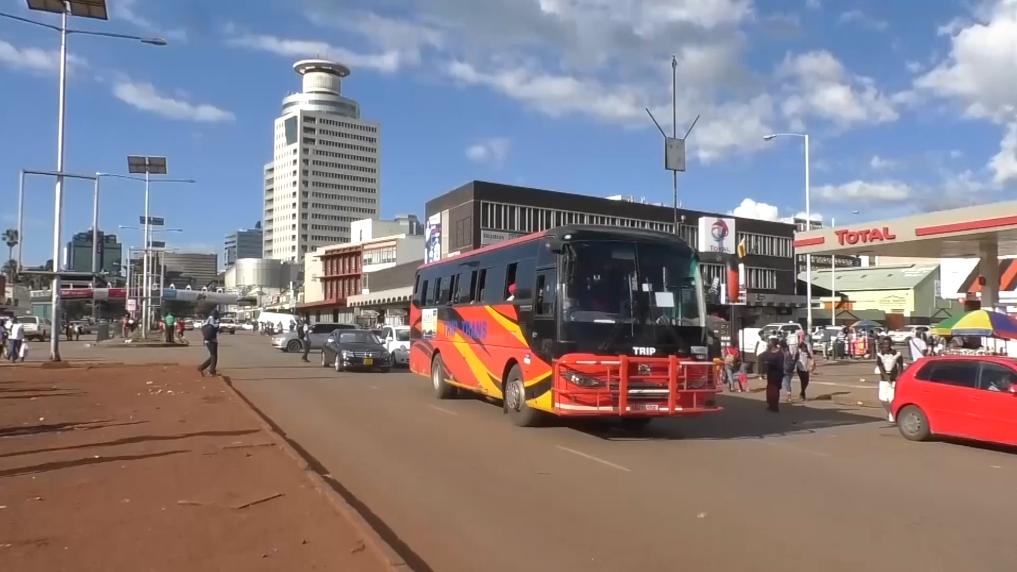
A cargo vehicle passes the highway port of Erenhot, the largest land port on the China-Mongolia border, in north China's Inner Mongolia Autonomous Region, Dec. 16, 2023. (Photo by Guo Pengjie/Xinhua)
The Mongolia-China ports are essential for Mongolia's foreign trade.
ULAN BATOR, Dec. 24 (Xinhua) -- Mongolia is seeking to promote economic growth and expand foreign trade through port revival projects, a senior Mongolian official has said.
One of the key goals of the Mongolian government's medium-term development target program "New Revival Policy" for economic independence is port revival, Buya Tulga, a member of the Cabinet of Ministers and chairman of the National Committee for Port Revival, told Xinhua in a recent interview.
Tulga said that Mongolia aims to expand its current economy by at least three times by 2030 by reviving the ports.
Mongolia is home to 39 ports, among which 24 are now in regular operation.
The minister said that the Mongolia-China ports are essential for Mongolia's foreign trade, adding that, for example, almost all food products and construction materials, among others, imported from China, Mongolia's largest trade partner, are transported through the Zamiin-Uud-Erenhot port.

Photo taken on Jan. 8, 2021 shows freight trains at Erenhot Port in north China's Inner Mongolia Autonomous Region. (Photo by Guo Pengjie/Xinhua)
Within the framework of the port revival efforts, three new railway lines have already reached the Chinese border and are in preparation for operation, said Tulga.
In addition, the auto road ports bordering China are expanding and modernizing via public-private partnerships, the state budget, as well as loans and investments from foreign governments and international financial institutions.
Among Mongolian ports bordering China, the Zamiin-Uud port not only handles much of the bilateral trade between the two neighbors but is also one of the crucial parts of the China-Mongolia-Russia economic corridor and China-Europe freight train service under the Belt and Road Initiative, he said.
"The port is also one of the most important ones for the implementation of the 'Transit Mongolia' goal proposed by Mongolian President Ukhnaa Khurelsukh, which offers the shortest route from Europe to Asia through Mongolian territory."
Therefore, the Zamiin-Uud auto road port commenced 24-hour freight customs clearance on a two-week trial basis starting this month, becoming the first port on the Mongolia-China border that has rolled out the round-the-clock service, according to the National Committee for Port Revival.
There are six airports in Mongolia, two of which -- Chinggis Khaan International Airport in the central province of Tuv and Buyant-Ukhaa International Airport in the capital Ulan Bator -- are now operational.
The Mongolian government is also making efforts to expand and modernize the remaining four airports to increase passenger and cargo flows, Tulga said, adding that the government is open to investors from other countries to participate in these projects.
"We are working to expand and modernize many railway, air and auto road ports," said Tulga.
He noted that Mongolian authorities believe that port revitalization works will play an important role in Mongolia-China bilateral trade and in implementing the China-Mongolia-Russia economic corridor.■











